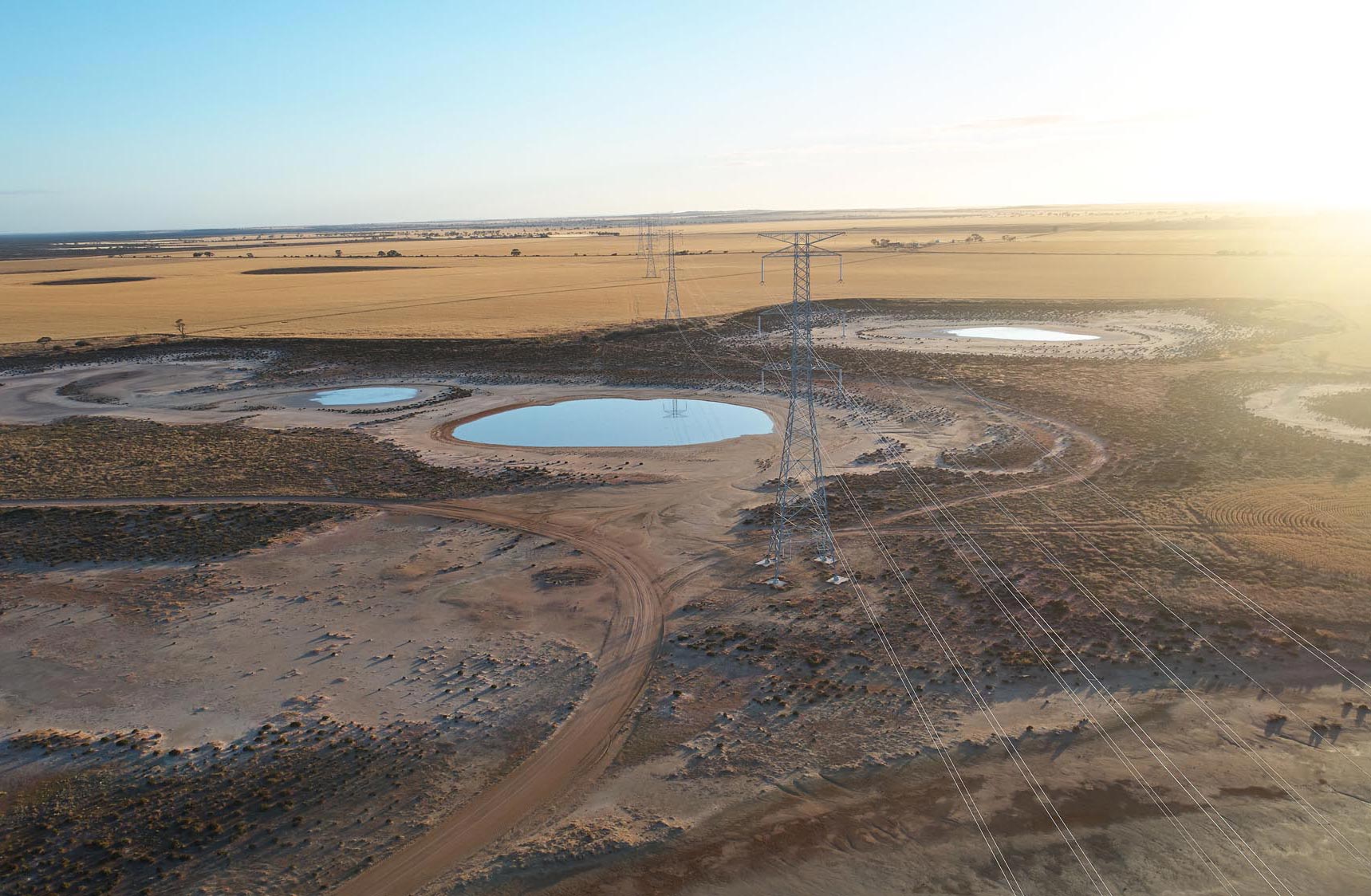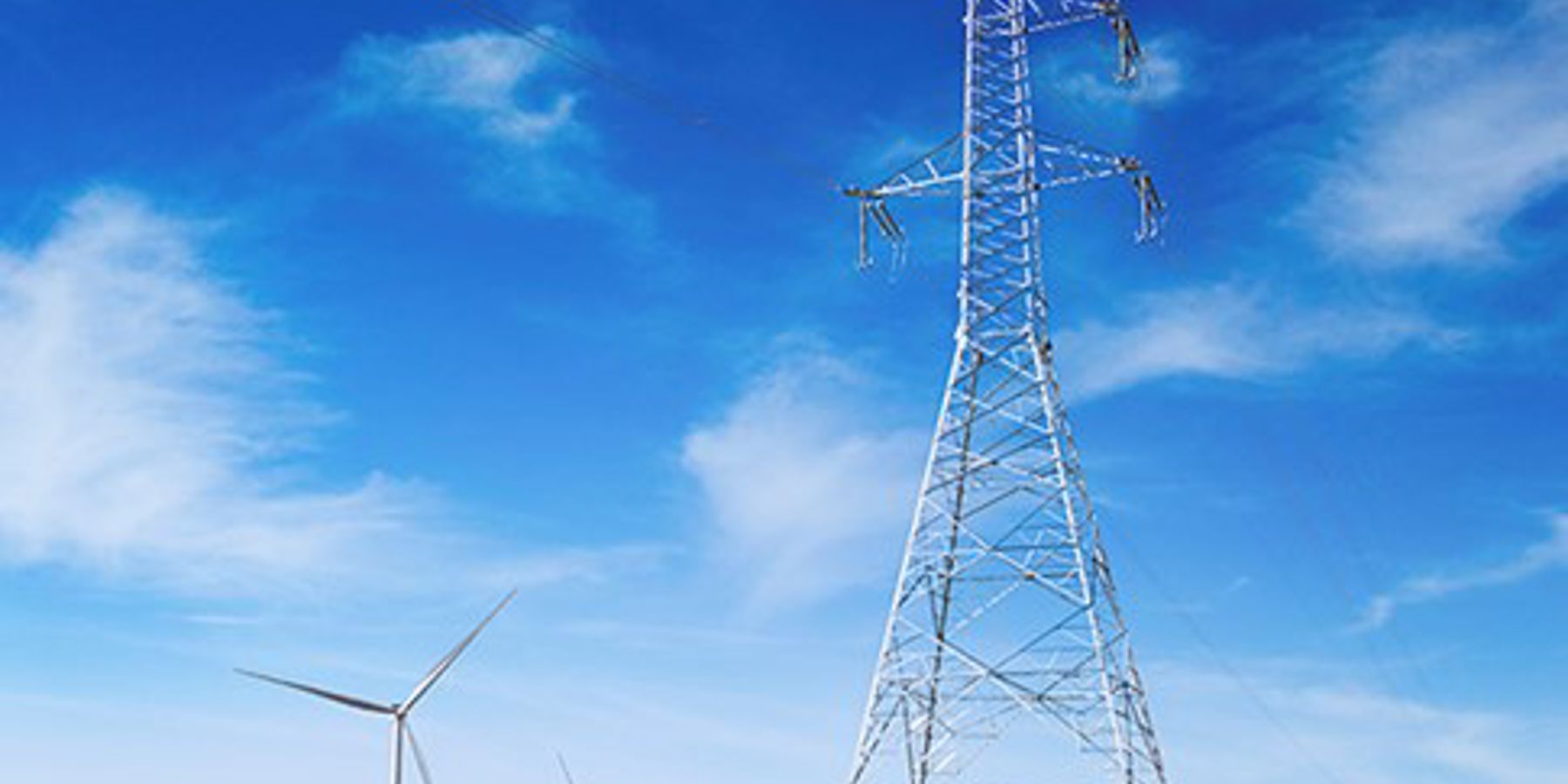The transmission network is like a freeway – it transfers of electricity from where it’s generated by power stations (such as large scale solar, wind, coal, or gas) across long distances.
Once power is generated, it goes through a substation to step up the electricity into higher voltages, allowing the bulk transfer of electricity along large power cables. You’d probably recognise the transmission towers as steel lattice towers that carry the power lines high overhead.
When electricity arrives closer to its destination, a transformer located in a zone substation steps down the electricity to lower voltages. This is where the distribution network begins – you could think of it like a highway.
From the zone substation, power is sent out on a feeder through overhead or underground cables. A feeder is like a main street. In rural areas, it’s typically a single radial feeder (single power line) that supplies power to a town from this point.
Finally, just before the electricity reaches the customer, it passes through another, smaller transformer that converts the power to voltages used by our appliances, lights and other electrical equipment.

If there’s a problem anywhere along the transmission or distribution network, it can affect power supplies further down the line.
It also means that while we have emergency generators that can help in recovery efforts, the distribution network needs to be in a condition that allows the electricity to safely flow to customers. So if there’s a fault on the distribution network, the generator may not be able to provide power to homes and businesses.
When we manage large incidents, we work to fix issues on the transmission network first. This is because they act as the backbone of the network that supplies power to towns and other areas. We then work to repair substations and then the distribution network.
During large scale recovery activities, such as after bushfires and cyclones, we have crews working on repairs in each of these areas at the same time. Once each crew has done their part, our 24/7 Network Operations Control Centre works to safely restore power to affected customers.

